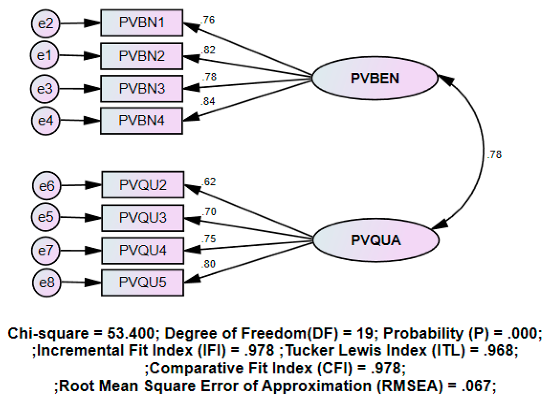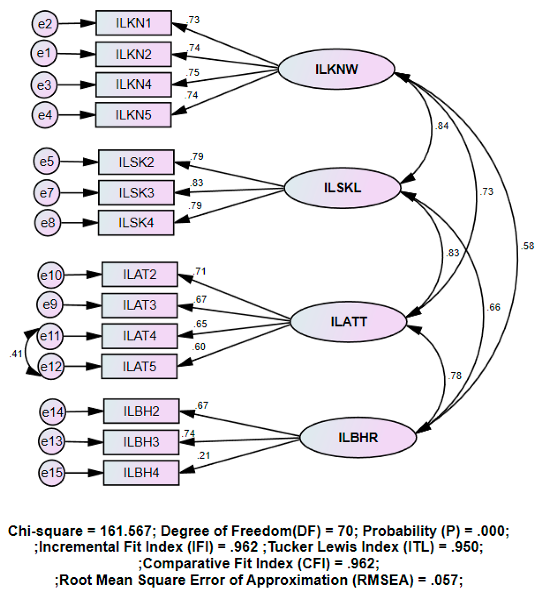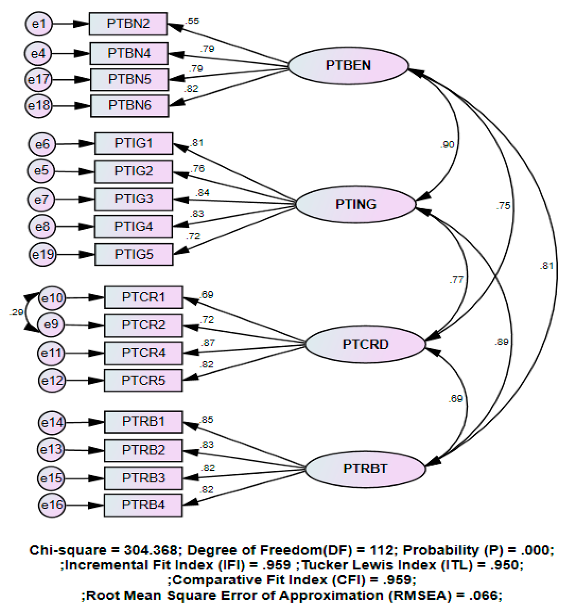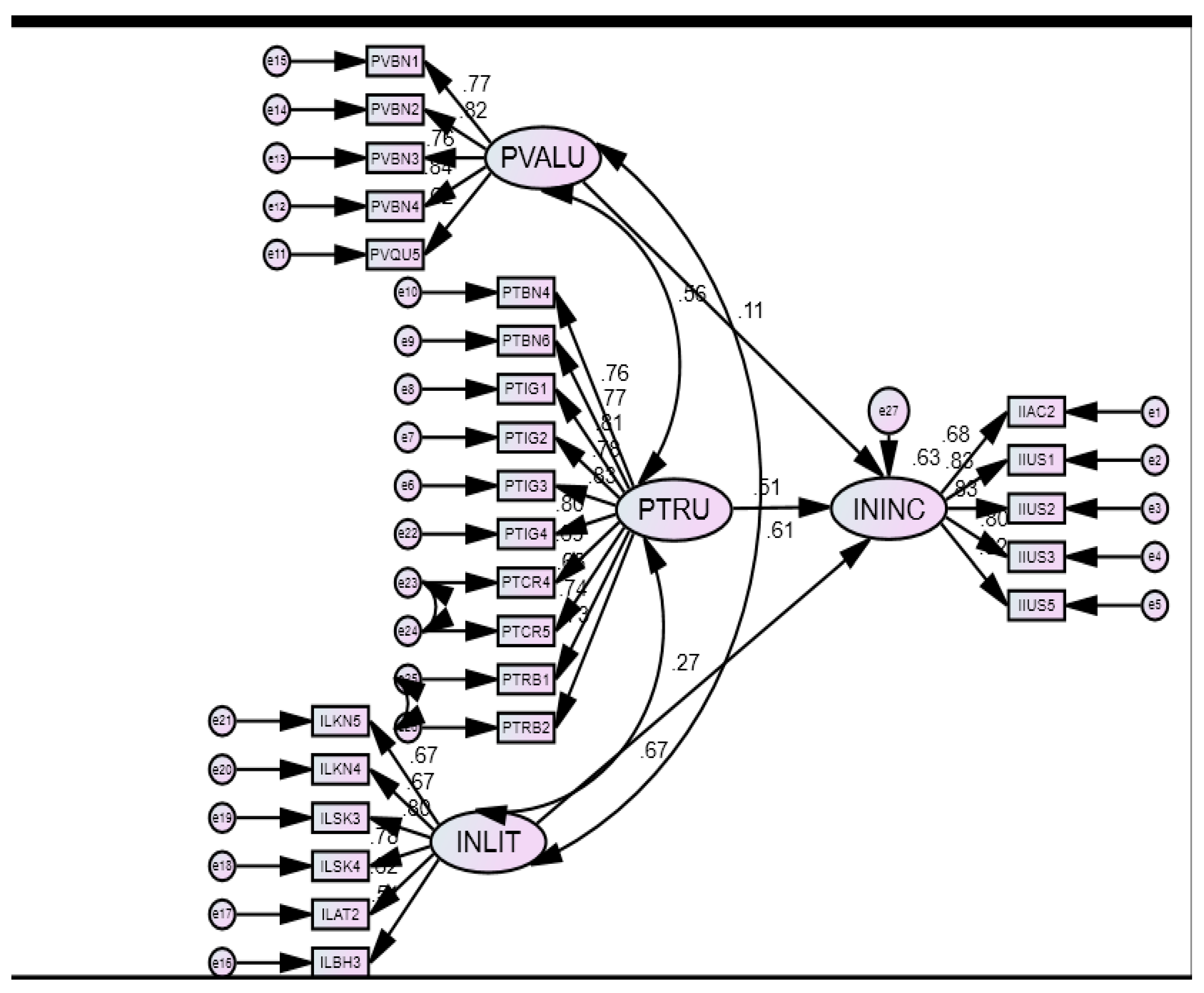1. Introduction
Access to financial services by people within the uncovered segments of the population is vital to inclusive growth and equity promotion (
Nandru et al. 2016). In that respect,
Cheston et al. (
2018) connote insurance inclusion as a “state of access to and use of appropriate and affordable insurance products for the unserved and underserved”. Inclusive growth is critical to ensuring the long-term sustainability of destitute, remote and socially excluded sections of societies (
Nandru et al. 2016;
Wanczeck et al. 2017). On that note, insurance inclusion is recognised as a solution for stabilising and improving the livelihood for individual households and businesses. Insurance aids individuals in accessing credit, guaranteeing savings and money transfer safety, and it protects middle- and low-income households from transactional financial losses (
Dassanou and Sherchan 2018). As a risk control strategy, insurance enables low-income and middle-income people to safeguard and increase their assets (
Wanczeck et al. 2017).
Despite the potency of insurance inclusion in fostering economic growth and development (
Bayar et al. 2021;
Zulfiqar et al. 2020), global insurance inclusion levels have remained low (
Swiss Re Institute 2019; Access to Insurance Initiative (
AII 2019)). In the context of Uganda, despite having a 78% financial inclusion rate, insurance inclusion remains very low. Only 1% of adult Ugandans (0.22 million) have formal insurance cover. The Finscope survey (2018) further notes a higher increase in informal insurance uptake compared to that of formal insurance usage, yet informal mechanisms do not guarantee risk protection. Notably, 40% of adult Ugandans use informal risk protection mechanisms, while 59% of adult Ugandans have no form of risk protection (
Financial Sector Deepening 2018).
Notwithstanding, inclusive financial systems that are free of price and non-price restrictions enhance the social-economic wellbeing of the people (
Demirguc-Kunt and Klapper 2012). Short of inclusive financial systems, people resort to informal risk coping mechanisms such as depleting savings, selling assets and borrowing from acquaintances when lifecycle shocks occur (
Cheston et al. 2018). In this regard, insurance is a robust financial risk mitigation approach that enables the poor to effectively cope with risks (
Zuliani and Rahman 2018). Thus,
Dassanou and Sherchan (
2018) concluded that inclusive insurance fosters financial resilience, hence keeping people out of poverty owing to economic disruptions.
Despite the significance accorded to the need for insurance inclusion, empirical literature on insurance inclusion in Uganda is remarkably sparse. Empirical studies on insurance inclusion have had a supply-side bias (
Tolani et al. 2019;
Lin et al. 2019) and have ignored the demand-driven determinants such as perceived value, insurance literacy and perceived trust, which can explain the increased usage and uptake of insurance services by the poor. In that regard, the value perceptions constructed by clients largely influence their buying decisions (
Wu et al. 2018). The extant literature has emphasised the importance of perceived value on influencing purchase and repurchase intentions among customers (see, for instance,
Yan 2019;
Ramadhan 2019). On that note,
Liu et al. (
2019) contend that an individual’s value perception increment influences an equal increase towards value antecedents of trust and the insurance company’s reputation. Similarly, in the insurance sector,
Marcos and Coelho (
2017) and
Nguyen et al. (
2019) demonstrate that service quality influences loyalty, and hence, the customers make repeat purchases. However, several empirical studies have investigated the influence of perceived value on customer satisfaction in the services industry, and they had mixed findings. For instance,
Kwon et al. (
2015) found that customer satisfaction is more price- and not value-driven. On the contrary,
Wu et al. (
2018) found that the association between the customer’s value and satisfaction was insignificant. As such,
Nguyen et al. (
2019) suggests the need for further research on the critical factor of customer value and satisfaction in insurance.
Regarding insurance literacy,
Tennyson (
2011) connotes that unlike the saving and borrowing components of financial inclusion, insurance purchase decisions are more complex. In that regard, due to the failure to understand what is covered and what is not, consumers end up buying inappropriate insurance policies (
Reece Warner 2016). In addition, unserved and underserved individuals might not be aware of the fundamentals of insurance and the potential risks they face (
Uddin 2017). That aside, even when they are mindful, a lack of knowledge about insurance products and services negatively affects the insurance decisions (
McCord 2012). Generally, low-income consumers are inexperienced in the insurance aspect (International Association of Insurance Supervisors (
IAIS 2015)). According to
Kubitza et al. (
2019), consumers confuse insurance with savings by expecting a return for the premium paid. As such, researchers believe that in addition to elementary maths and reading, people need insurance literacy to ably evaluate insurance policies (
Mathur et al. 2018).
From the trust perspective,
Weedige et al. (
2019) assert that loyal customers may develop distrust when financial services providers focus on the financial goals instead of delivering on their promise. Therefore, given that insurance is inherent in nature, clients might probably feel a risk exposure owing to the nature of the insurance. In that regard, trust mediates the clients’ perceived risk and insurance enrolment (
Dayour 2020). Although inclusive insurance intends to reach out to those that are unserved and underserved by insurance,
Dercon et al. (
2012) connote that low-income people distrust formal insurance providers. On the contrary, in Ghana,
Asseldonk and Belissa (
2019) found that index insurance uptake doubled when it was sold through informal providers that the people trusted. Notably, trust in insurance providers may negatively be affected by rumours of delayed pay-outs or rejections, even when they are valid, hence, deterring insurance repurchases (
IAIS 2015).
Therefore, based on the foregoing research, this study intends to combine insurance literacy, perceived value and perceived trust, which may offer a better explanation for insurance inclusion in Uganda. In that regard, a correlational cross-sectional research design was adopted to collect data from adult Ugandans that voluntarily applied for an insurance policy. Covariance-Based Structural Equation Modelling (CB-SEM) was used to test the study hypotheses. The results showed that perceived value has a significant positive influence on insurance inclusion. In addition, the findings showed that insurance literacy has a significant and positive influence on insurance inclusion. Similarly, it was found that perceived trust has a significant positive influence on insurance inclusion. Additionally, compared to perceived value and insurance literacy, trust was found to have a stronger practical and statistical significance towards explaining insurance inclusion in the Ugandan context.
The rest of the paper is organised as follows:
Section 2 provides a review of the related literature.
Section 3 details the methodology adopted by the study.
Section 4 presents the study results.
Section 5 discusses the study findings, and
Section 6 concludes the paper.
3. Research Methodology
The study population was composed of 314,501 adult Ugandans that personally purchased insurance policies (Uganda Bureau of Statistics (
UBOS 2021)). The study participants were located in 13 sub-regions of Uganda (
UBOS 2021). Accordingly, the study sample was composed of 400 respondents. The
Yamane (
1973) formula [
n = N/1 + N (e)2] was adopted to determine the sample size where:
n = sample size; N = total population; e = tolerable error (0.05 or 95 percent). A single-stage sampling procedure was adopted to select the respondents. In that regard, a proportional stratified random sampling procedure was employed to select the study participants from 13 sub-regions as the unit of analysis.
The study used a structured close ended five-point Likert scale questionnaire to collect the primary data. The Likert scale ranged from strongly disagree to strongly agree. According to
Hair et al. (
2019), primary data provide original data and give a better understanding of the aspects of current behaviour. Furthermore,
Amin (
2005) argued that primary data minimise the occurrence of duplication. Notably, prior to operationalization, the study instrument was tested for validity and reliability. Based on the guidelines by
Hair et al. (
2019), the instrument’s validity was tested using the content, discriminant and convergent validity indices, while composite reliability was used to test for reliability. Additionally, the study variables were tested for multicollinearity. Thus, Variance Inflation Factors (VIF) were used to test for multicollinearity.
6. Conclusions
This paper examined the impact of perceived value, insurance literacy, perceived trust and insurance inclusion in Uganda. Using CB-SEM, the current study found that perceived value has a significant and positive impact on insurance inclusion. We also found that insurance literacy has a significant and positive impact insurance inclusion. Similarly, the results show that perceived trust strongly predicts insurance inclusion. Perceived trust has a stronger predictive power of insurance inclusion than perceived value and insurance literacy do. Theoretically, these findings imply that a multiplicative combination of perceived value, insurance literacy and perceived trust significantly explain insurance inclusion. Additionally, the findings confirm that the perceived value theory, social learning theory and trust theory can be adopted to explain insurance inclusion.
To the researchers’ knowledge, this is the first study to estimate the impact of perceived value, insurance literacy and perceived trust in insurance inclusion. Prior empirical studies have focused on investigating the banking component of financial inclusion, while ignoring the insurance component of financial inclusion. Yet, financial inclusion cannot be complete without insurance. Thus, the current study’s novelty lies in uncovering the interplay of perceived value, insurance literacy and perceived trust in predicting insurance inclusion in the context of Uganda.
Accordingly, our results are significant for insurance providers and practitioners wishing to foster insurance inclusion. Thus, it is recommended that insurance providers should focus on delivering value to customers to encourage new and repeat insurance purchases. In addition, insurance providers should provide quality insurance to encourage applications for insurance. In addition, insurance providers should be reliable, work with integrity, be credible and act benevolently to promote new and repeat insurance applications. However, people buy insurance when they are insurance literate. Therefore, our results are significant for policymakers wishing to enhance insurance inclusion. Thus, policymakers should consider providing insurance literacy training programmes in financial literacy education initiatives. Currently, policymakers have focused on financial literacy, yet, according to
Lin et al. (
2019), being financially literate does not imply that one is insurance literate. In addition, financial literacy education programmes have traditionally focused on fostering saving and banking components of financial inclusion and ignored the insurance component. Therefore, policymakers should include insurance literacy in national financial inclusion strategies to promote insurance inclusion.
However, this study is not devoid of limitations. The study was cross-sectional by design. Over time, people’s views may change. Thus, changes in the behavioural attributes of the sample could not be captured. Yet, behavioural changes could impact on the participants’ insurance decisions. As it is cross-sectional, the study could not conclude the causality between the perceived value, insurance literacy, trust and insurance inclusion. Causality could be inferred if a longitudinal study was conducted. In addition, the study was quantitative, thus, qualitative data were ignored. The current study considered individuals who voluntarily applied for insurance irrespective of their special interests. Therefore, future studies could adopt a mixed methods study with qualitative data for triangulation. The current findings apply to the Ugandan context; however, future studies could be undertaken in different developing countries’ contexts to test the generalisability of the findings. Regardless, this study provides an understanding of predictors of insurance inclusion from a multivariate perspective.











